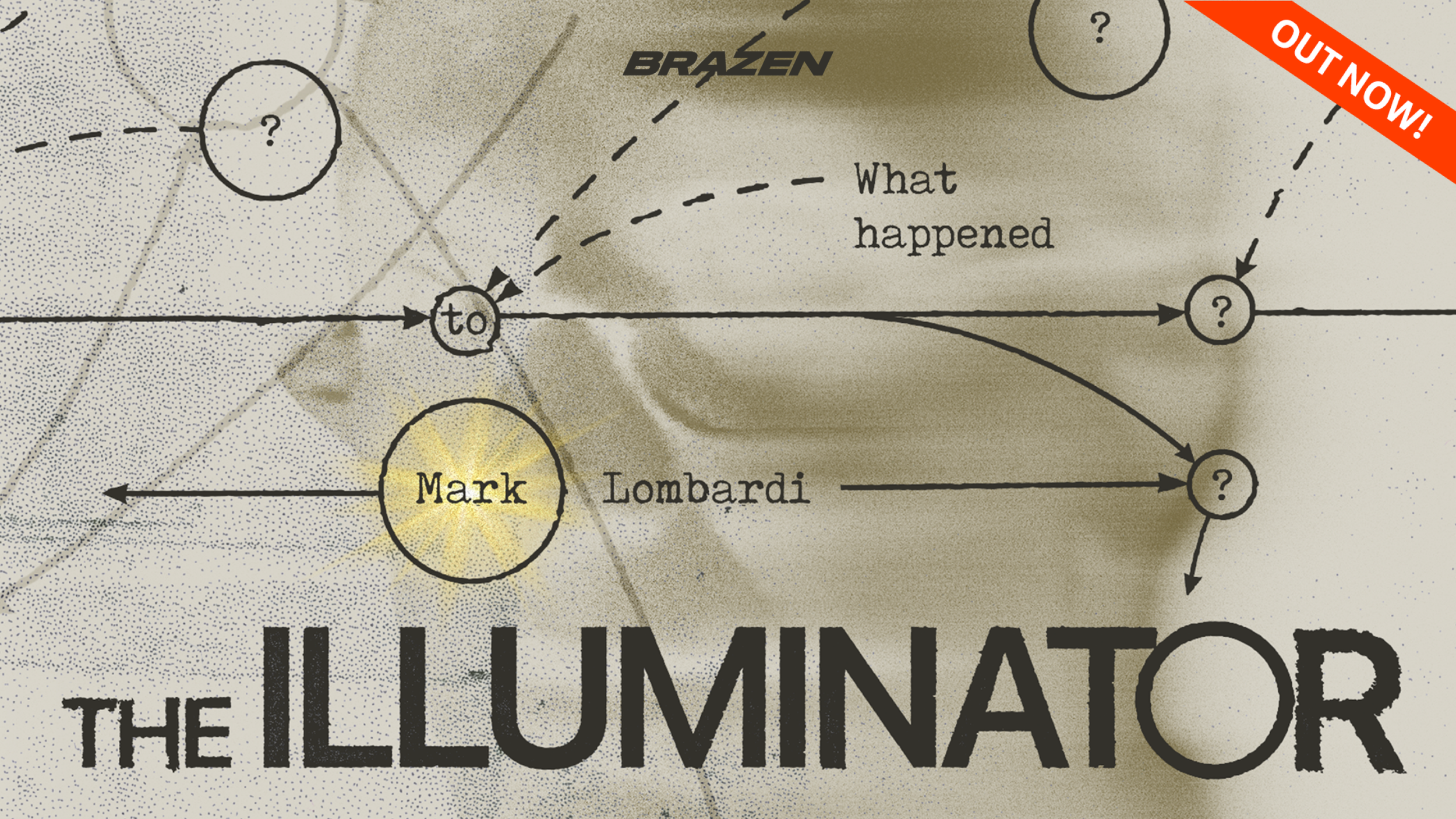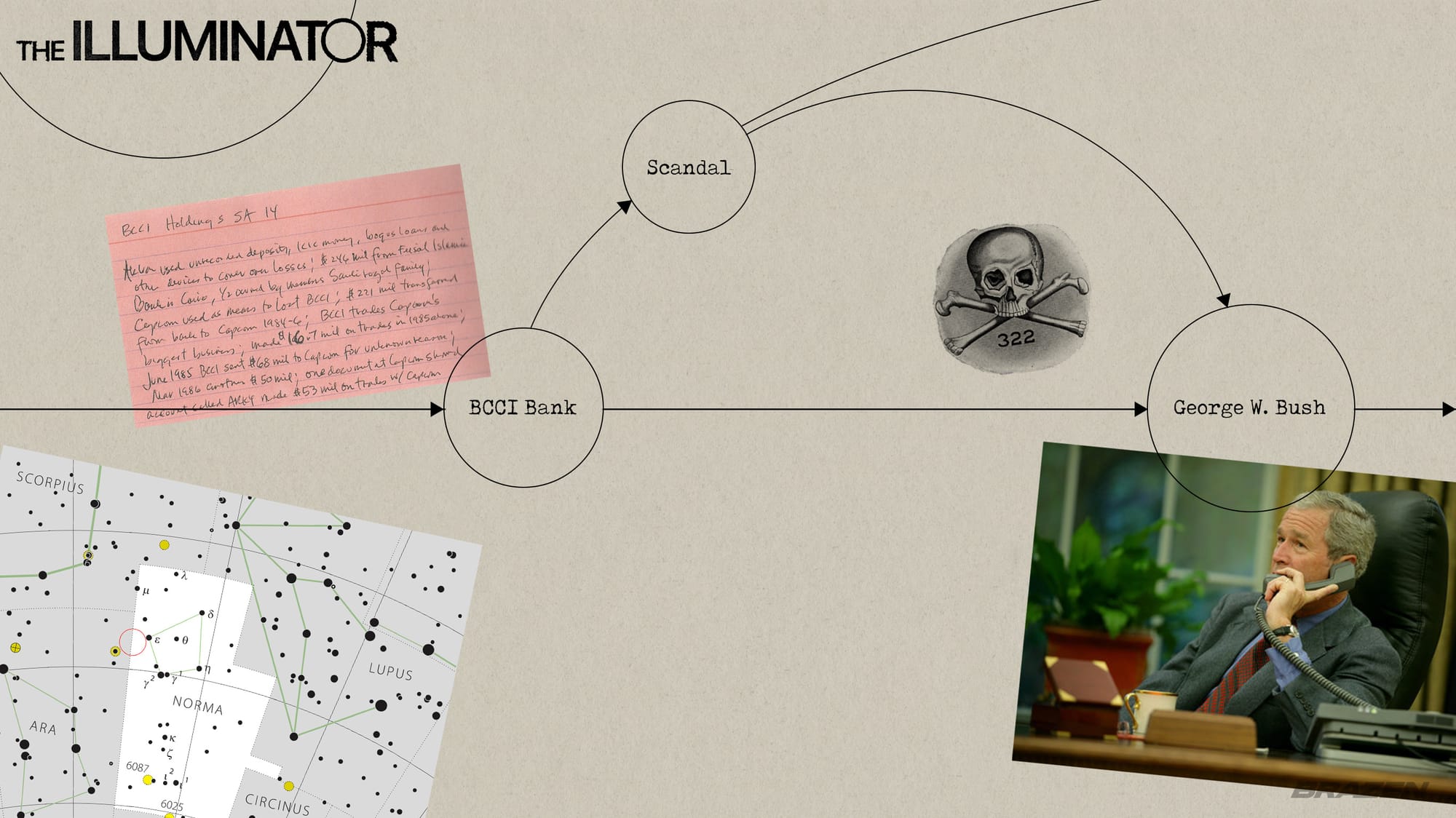
New York conceptual artist Mark Lombardi created vast drawings tracing the financial networks of the world’s most corrupt bank.
By Megan Dean
Just weeks after the Sept. 11 attacks, the Whitney Museum of American Art received a disturbing call. It's from the FBI. In the aftermath of the hijackings, they’re investigating the perpetrators, and they need to see an artwork held in the museum’s collection. Lawrence Rinder, curator at the Whitney, is initially amused by the absurdity of the request.
“I came in and I think one of my assistants said, 'oh, you missed the FBI. They were here'. And it was just not the sort of thing that happens every day. So, it was amusing in the sense that, well, that's weird. Why would the FBI want to look at a work of art in our collection?”
But the FBI agent is serious. The work they want to see is by Mark Lombardi – an epic line diagram tracing financial networks that connect powerful people around the world.
This story is open to all and our work is available for free to anyone who signs up with their e-mail. But investigations like this aren't cheap. If you believe accountability journalism matters, consider upgrading to a paid subscription—or sending a one-time boost. Every contribution directly funds more reporting like this.
Have a tip? Reach us at:
📩 whalehunting@projectbrazen.com
📧 projectbrazen@protonmail.com
🔒 Secure contact details here.
We protect our sources.
The piece is titled BCCI-ICIC & FAB, and its carefully etched lines link the governments of the US, UK, and Saudi Arabia to the Bank of Credit and Commerce International, or BCCI – a major vehicle for money laundering that was used by criminals, dictators, and corrupt politicians alike until it was closed by regulators.
But Lombardi had died 18 months before 9/11, taking his secrets with him. In fact, this was the last major work he completed before his death, aged just 48.
“But you have to remember that this incident occurred within less than two months after the September 11th attack on the World Trade Center. Lower Manhattan was still isolated. It was blocked off. There was no traffic downtown [...] You felt a sense of fear and foreboding bordering on paranoia. So that was the context of the FBI coming to the museum to look at this work of art. It underscored all those feelings and made concrete the sense that nothing was as it should be.”
So how did this New York conceptual artist uncover information of interest to the FBI post-9/11? And could his conspiratorial art have been linked to his untimely death?
It’s a story we unravel in our new podcast, The Illuminator: Art, Conspiracy and Madness. It follows the life and death of Lombardi, whose groundbreaking work was as much conceptual art as it was investigative journalism. In fact, his painstaking diagrams inspired Whale Hunting's own visual identity.

This week on the Whale Hunting podcast, we wanted to introduce you to Lombardi's impressive work with a conversation with Lawrence Rinder himself.
In this special episode, Lawrence speaks with Farah Halime, showrunner on The Illuminator, about acquiring Lombardi's piece on BCCI for the Whitney Museum, as well as the FBI's interest after 9/11, and the artist's wider legacy.
You can listen to Farah’s full conversation with Lawrence wherever you get your podcasts, or check out the video version below. I'll leave you with a word from Lawrence himself about Lombardi's legacy and the continued relevance of his work today:
“I think his work and his name is still very relevant out there in the art world, and were it to be shown today, I think people would feel instinctively the connection to the kind of conspiratorial mentality that is really afoot these days [...] This way of thinking has, if anything, only become more relevant and part of our lives.”
Got a question or a tip for us? Get in touch at whalehunting@projectbrazen.com. You can also contact us securely here.
You can also follow Whale Hunting on Instagram, Threads and on X (Twitter). To chat with fellow Whale Hunters and stay in touch with Bradley and Tom, join our Discord server.
For unlimited access to Whale Hunting’s investigative reporting, consider signing up for a paid subscription. You’ll get special editions of the newsletter and the Weekender, as well as premium podcast access and discounted merch.
Enjoying Whale Hunting but not ready to subscribe? Show your support by sending us a tip instead.
 Related Posts
Related Posts